Water delivery channels are among the most common objects of engineering communications. Pipelines not only provide the household needs of consumers in cold and hot water, but also act as sources of liquid in the production infrastructure. Moreover, there are no less significant communications through which oil and gas products are transported from the production site to refineries. And in each case, the basis of such channels is the main pipeline. These are transmission lines of the target liquid or gaseous resource, connecting the source of production or content with the consumer.
The composition of the pipeline
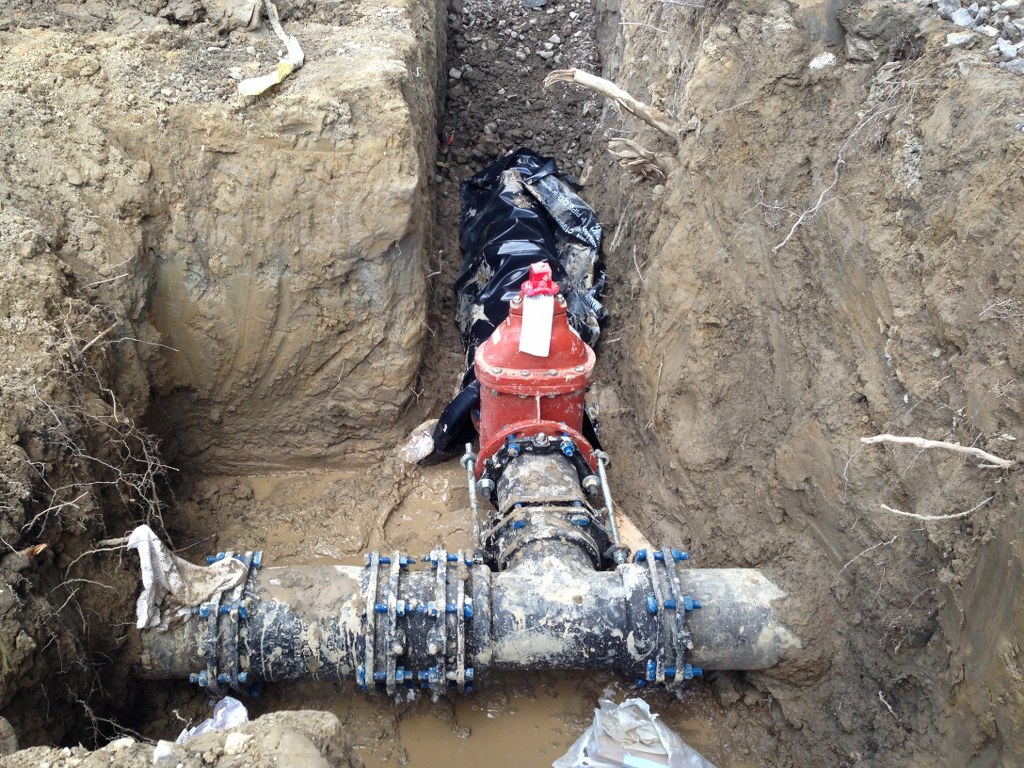
The basis of the infrastructure is formed directly by metal pipes, but without plumbing valves, their operation is impossible. Almost all water, gas and oil transportation lines have loops and branches in different configurations, the device of which provides for the inclusion of fittings, regulators and taps. At the points of connection to the pumping stations, instrumentation is usually installed, such as flow sensors and pressure gauges. Accordingly, with their help, indicators of pressure in the circuit and the amount of pumped resource are monitored. Cleaning agents are also common distributions of trunk pipelines. The operation of channels supplying consumers with drinking water, for example, is accompanied by fine cleaning. For this, filters with ionization and aeration effects are used. Industrial gas and oil refining networks also use condensate collectors and units for introducing methanol.
The main characteristics of the pipes
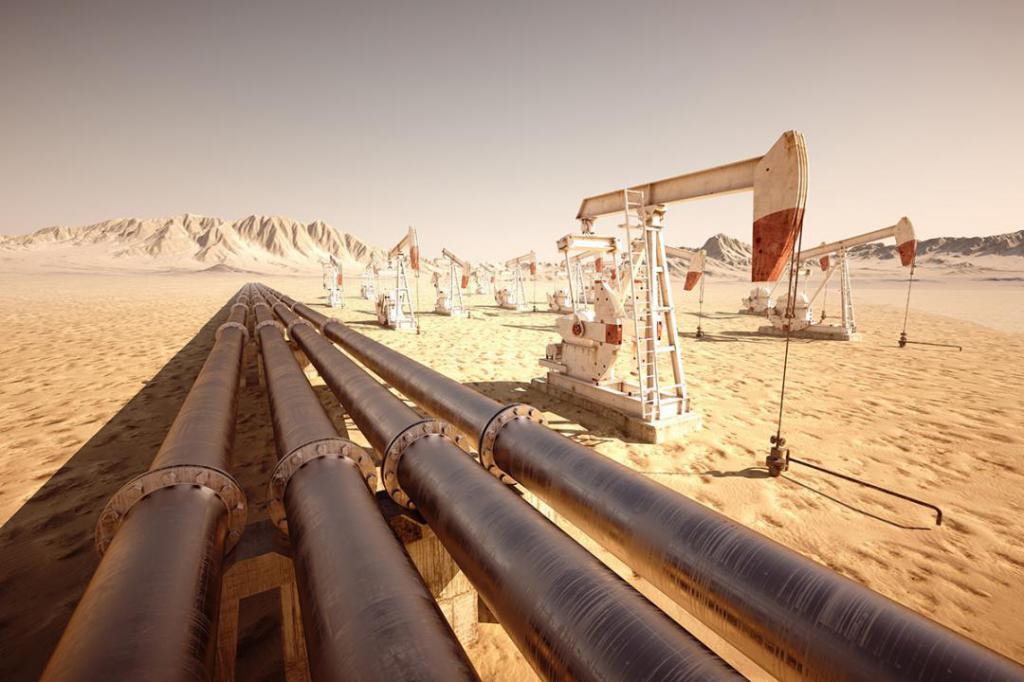
Modern plastic pipeline structures are not used in trunk lines because of their low working life. As a rule, stainless steel segments are used, connected by electric welding or a spiral seam. The SNiP of section 2.05.06-85 states that pipes made of carbon steel should be used for channels up to 500 mm thick. As the diameter increases to 1020 mm, low-alloy quiet alloys begin to be used. If we are talking about a thickness of more than 1400 mm, then the installation is made of elements whose metal is in a thermomechanical hardened state. As the same SNiP indicates, the main pipelines during connection must be maintained in terms of the magnitude of the curvature. On each meter section, the standard deviation does not exceed 1.5 mm. The total value of the curvature should be within 0.2% of the entire length of the channel.
Trunk Classification
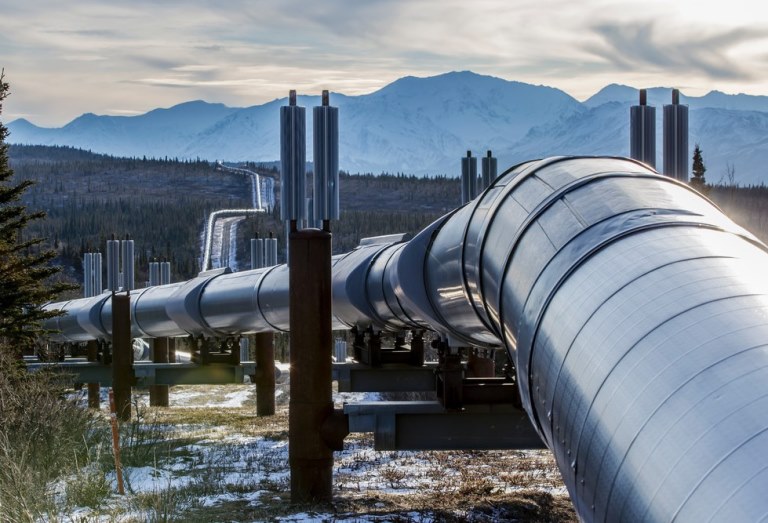
Pipelines are divided by the type of serviced resource, the method of laying and operating indicators. As for the first classification, the possibility of using communications for transporting both liquid media (oil, water, oil, etc.) and gas mixtures has already been noted. Moreover, for the second group, division into classes by pressure level is applied: ranges 2.5-10 MPa and 1.2-2.5 MPa. Oil refineries use classification according to the diameter of the main pipeline - this is a spectrum from 300 to 1200 mm, in which dividing boundaries can be distinguished at points of 500 and 1000 mm. With regard to the method of laying communications, ground and underground methods are usually considered. Accordingly, in one case, it is assumed that the installation will be open with direct access to channel maintenance, and in the second case, a sealed pipe laying with full backfill and a long-term operation.
Features of offshore pipeline channels
It’s also one of the ways to lay trunk networks for transporting gas and liquid resources, but it is used less often. The offshore pipeline line is located under water after a comprehensive analysis of the conditions of the local water area. In particular, the design of the project is preceded by determining the speed of the bottom current, engineering and geological parameters, the topography of the coast and the ambient temperature in which the main pipeline will be located. The rules also define specific requirements for security. The walls of the pipes on the outside must have thermal insulation, a concrete coating and cathodic corrosion protection. Structures of low alloy and low carbon steels are used as the main material for underwater channels. As a rule, electric-welded straight-seam or hot-rolled seamless pipes.
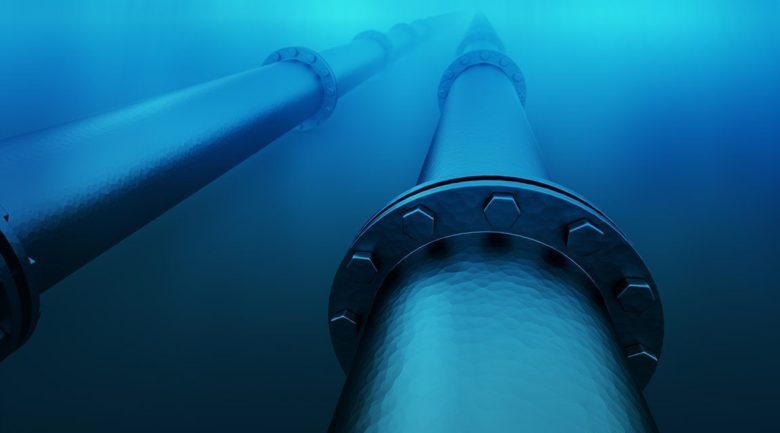
Trunk Design
At the stage of creating the project, a set of technical documents is developed, which describes the design parameters, schemes, drawings and the general plan of the pipeline transport device. Also, a study of the terrain for laying the canal. Geodetic, geological and environmental conditions are assessed, as well as economic data supporting the project. The basis of the documentation is formed by information about the characteristics of the main pipeline - this may be information about throughput, pressure, the number of transition stations and branches. Engineers and the operational perspective of the infrastructure are taken into account. The possibility of future modernization, reorientation or expansion of the network in accordance with the new conditions for its use will depend on it.
Pipe laying
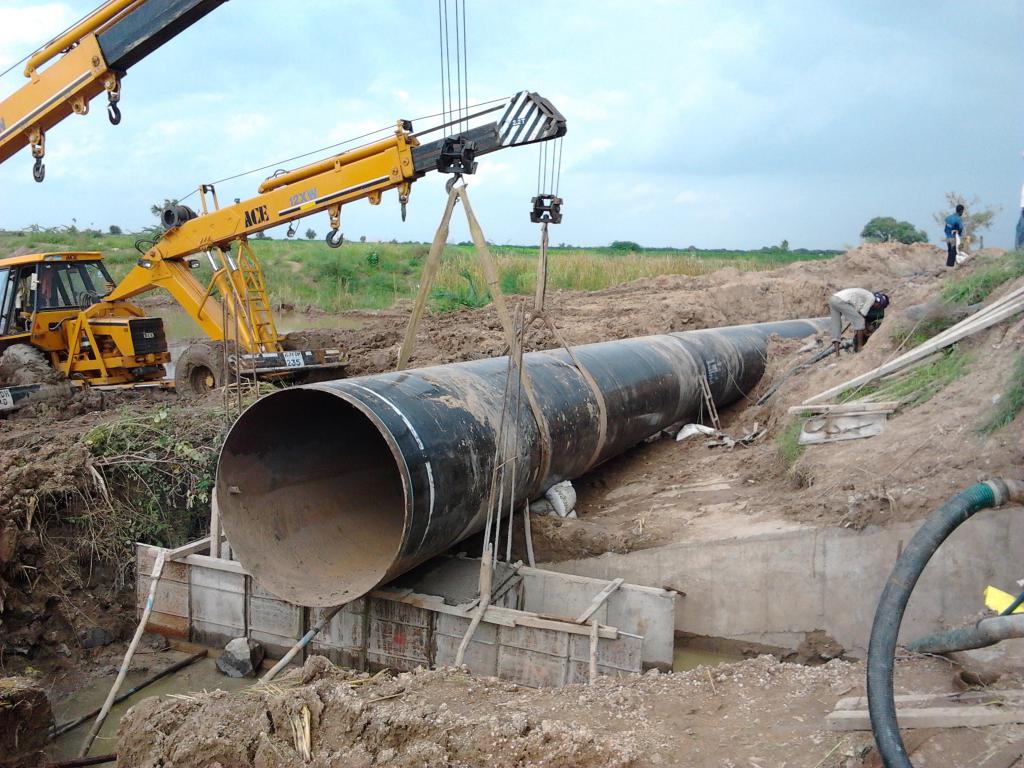
The construction of the pipeline is carried out in accordance with the technical solutions adopted in the project, taking into account the specific installation conditions. As a rule, laying is carried out using land embankments or supports, which act as a bearing base or foundation. Moreover, pipes of different purposes can be laid simultaneously in one technological corridor of the network - this is how combined or adjacent routes are formed. The minimum level of penetration during the construction of trunk pipelines is 80 cm for a diameter of less than 1000 mm and 100 cm for channels with a thickness of more than 1000 mm. Depth increases on unstable soils if the support base is laid on irrigated or arable land.
Pipeline Protection
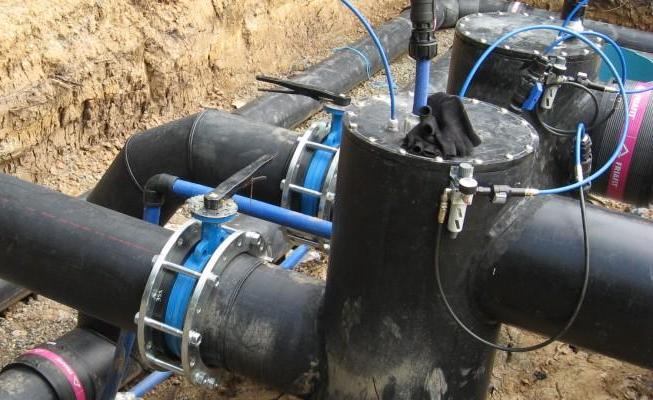
The basic requirements for insulation are determined by the need to prevent corrosion damage. The protective sheath must provide dielectric properties, as well as be continuous, waterproof and durable. Special paints, polyvinyl chloride and polyethylene coatings, bituminous and silicon mastics can meet these requirements. Depending on the characteristics of the seismic zone, a special arrangement of embankments may be required to prevent the effects of soil movement on the main pipeline - the joint venture under number 14.13330 dated 2011, in particular, indicates the need to relieve stress due to loose sand embankments, sandy loams and loams. During operation, such a base will act as a damping pad, minimizing vibrations and vibrations.
Network Maintenance
Already in the project documentation should be given a schedule of preventive measures aimed at maintaining the optimal technical condition of the pipeline. The service team checks the tightness of the circuit, the condition of the connecting nodes, measuring equipment and transition stations.Also, at the stage of putting the infrastructure into operation, a protection zone for trunk pipelines is established, in which it is forbidden to carry out land works, lay other transport networks, construction measures, etc. The average radius of this area around the canal is 25-100 m.
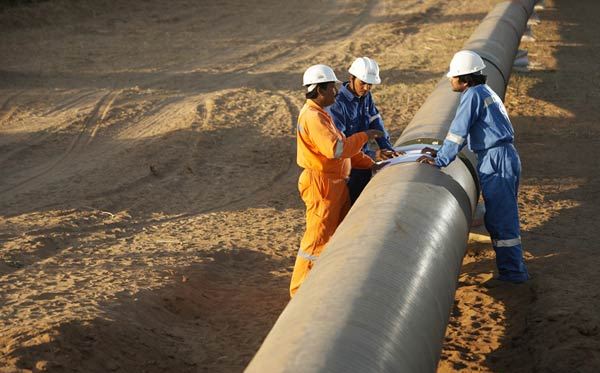
Conclusion
New technologies have significantly changed approaches to the organization of central pipeline networks, but in the structural respect, the principles of their arrangement have remained largely the same. Today, the same alloys, reinforcing elements, and joint configurations are used as they were 15–20 years ago, if individual improvements in the structure of materials are not taken into account. But in terms of management, a modern trunk pipeline is a virtually automated communication infrastructure that can be fully serviced by a remote control station. Controllers with sensors for recording performance indicators give operators the full amount of current information about the state of the pipeline. Moreover, industrial programming tools allow you to organize autonomous modes of networks for long operational periods. And progress does not stop there, expanding the possibilities of using trunk lines.
